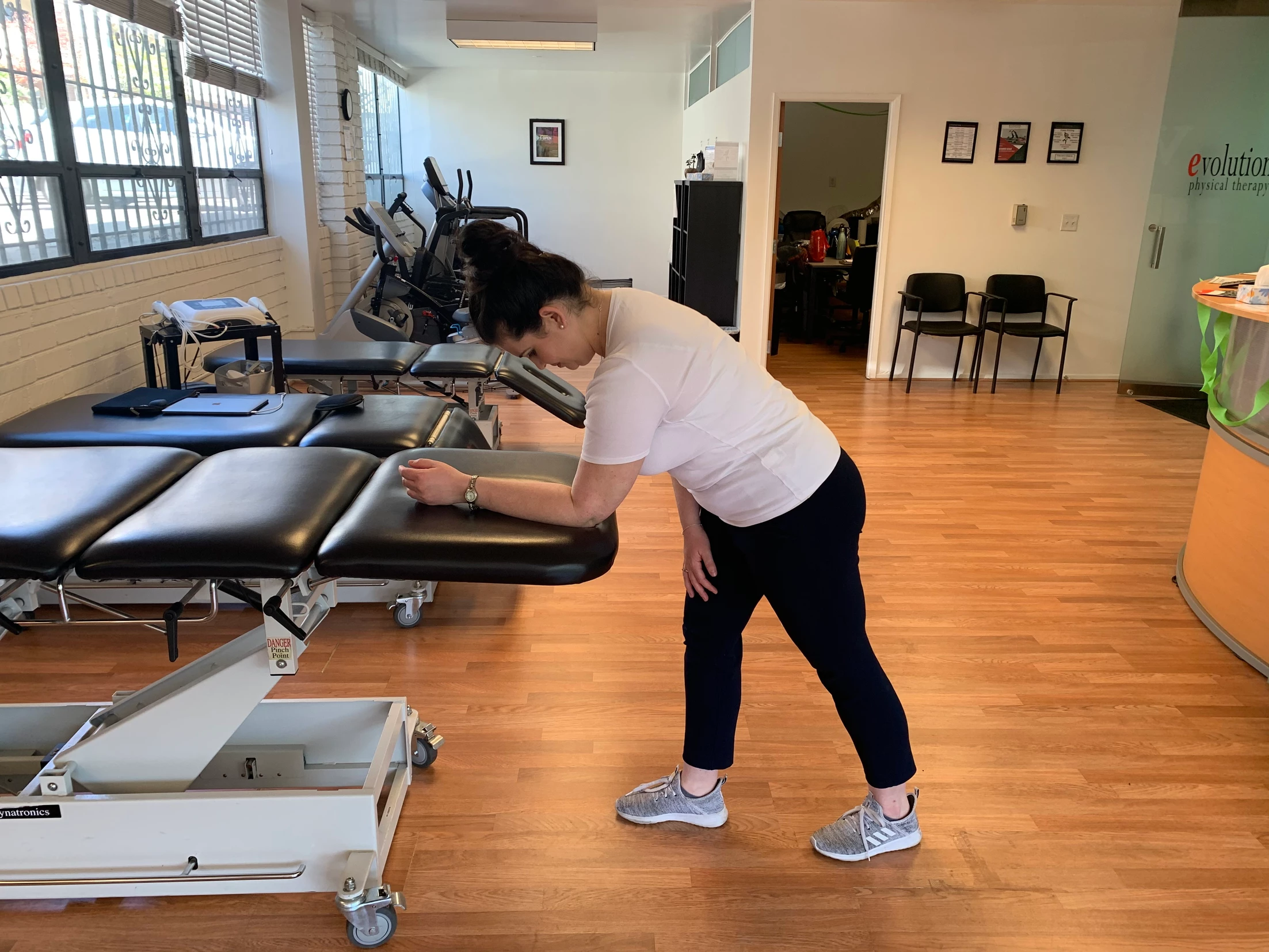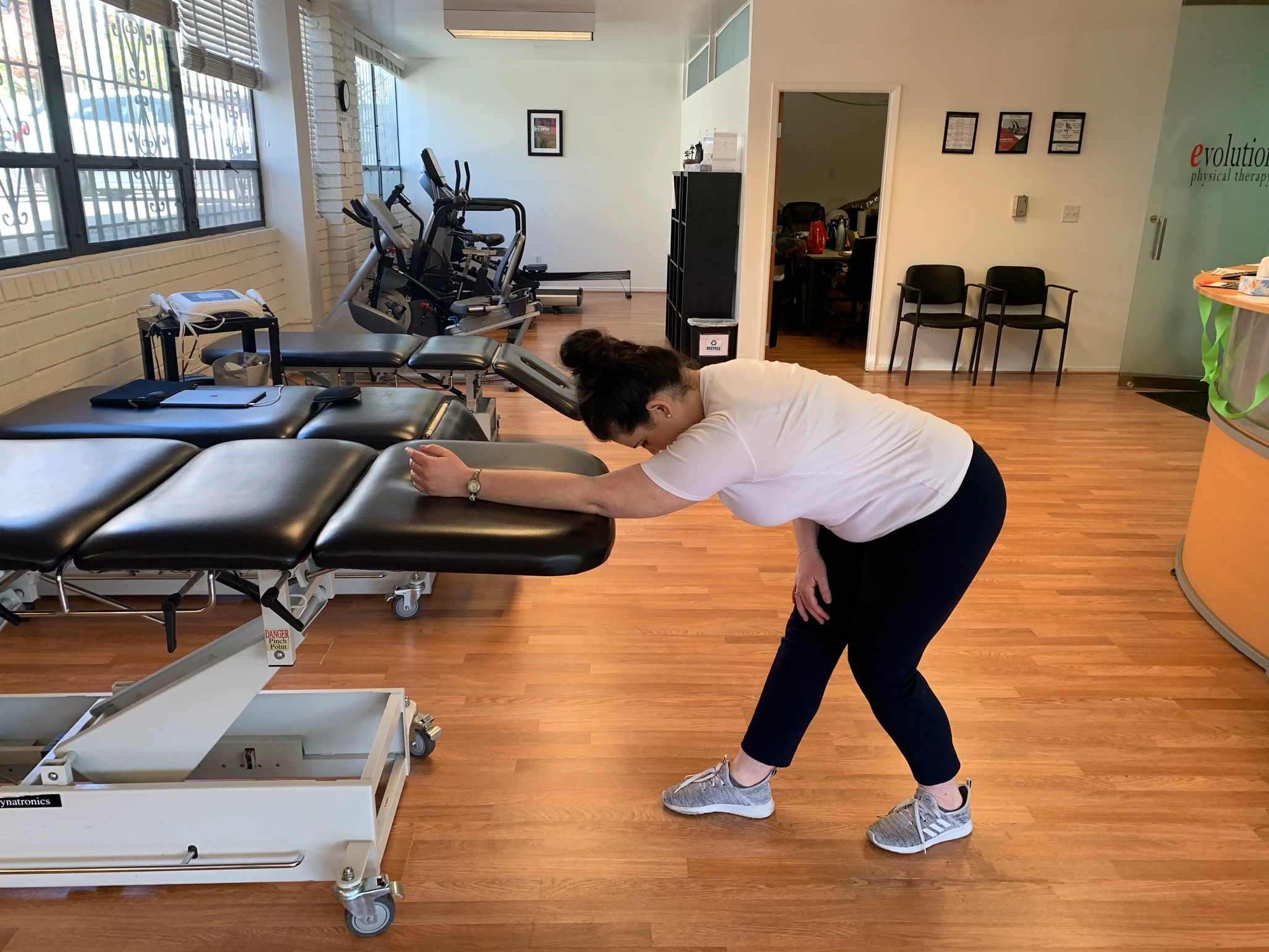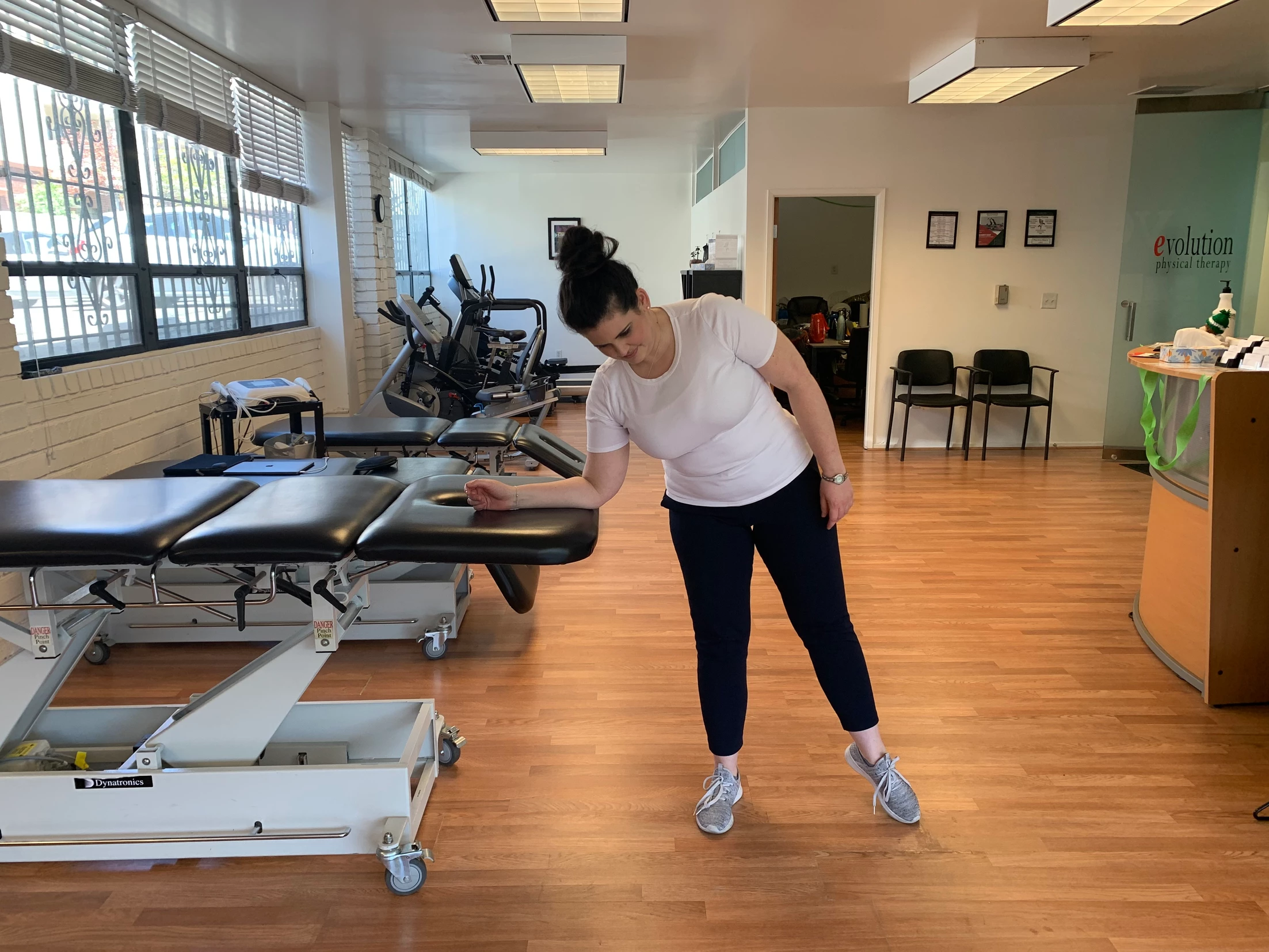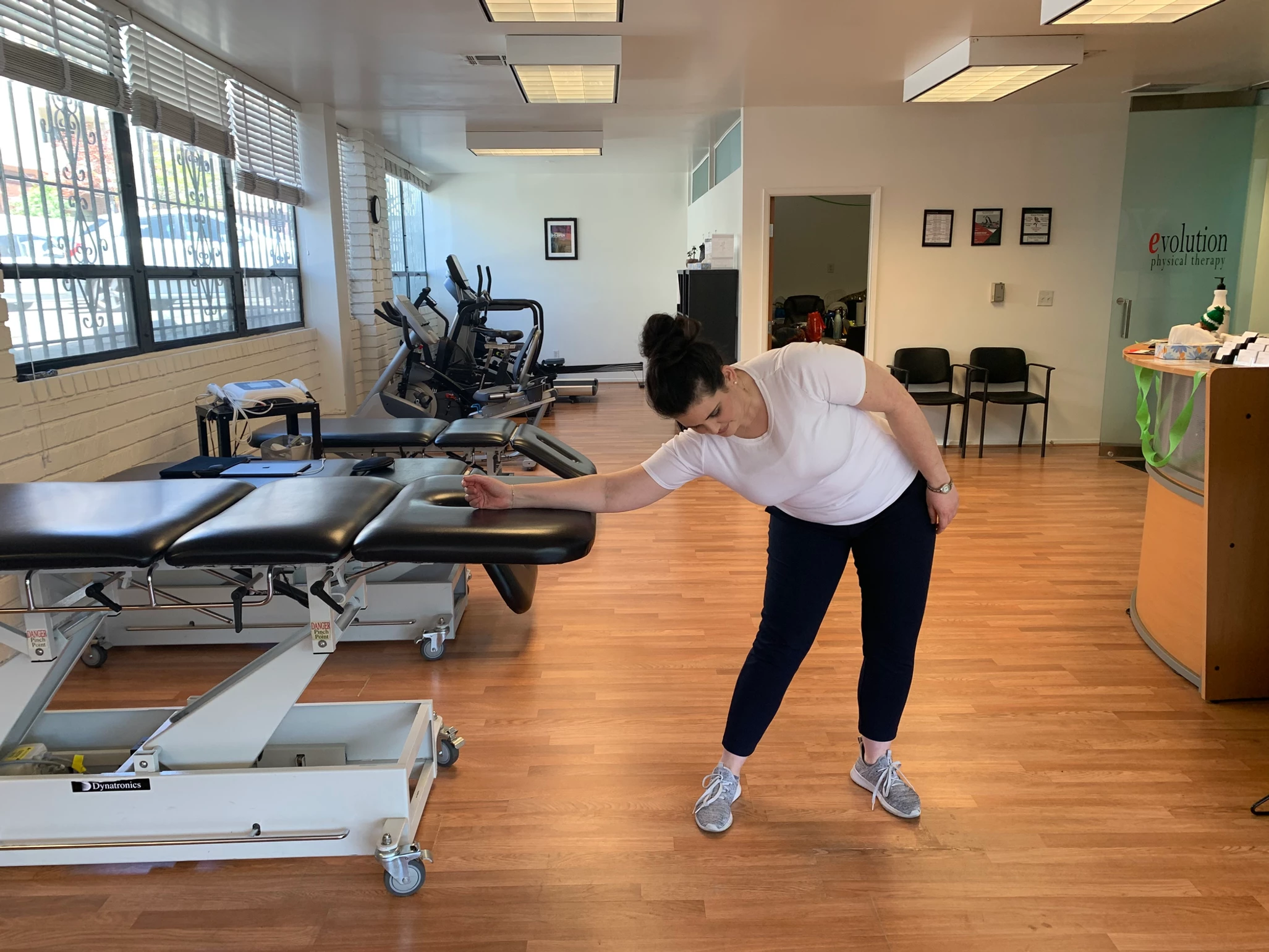by Jennifer Unterreiner, DPT, OCS, CLT (Certified Lymphedema Therapist)
If you’ve had an axillary lymph node dissection (ALND) or sentinel lymph node biopsy (SLNB) as part of your surgical treatment, you may have noticed some tight, restrictive, rope-like structures running along the side of your trunk, armpit and into your arm and wondered: What is that? Where did it come from? Why does it hurt so much? How do I manage it?
Cording, or axillary web syndrome, is a common side effect many women experience post ALND or SLNB. While we don’t have a good idea of how it specifically develops, we do know that functionally, it can cause issues for patients in terms of being able to complete normal daily activities. The current working theory many physical therapists and physicians have is that as a result of the surgery to remove the lymphs nodes, the region becomes increasingly inflamed. This can then increase scarring and scar tissue formation through the loose connective tissue that runs through the axilla, causing the individual layers to scar down to each other and the surrounding nerves and vessels, producing a “cord.” It often appears as either a single large “cord” or multiple smaller “cords” that appear to bridge the gap between the side of your trunk and the inner part of your arm. Those strings then become more taut and restrictive with overhead movement or reaching, leading to pain and difficulty completing everyday activities.
This cording can develop anywhere from a few weeks to a few months after surgery and may not present until the middle of radiation treatments. Oftentimes, the inflammatory reactions that radiation therapy generates can be enough of a trigger to cause some mild pre-existing stiffness or cording to become more problematic and impair your function and range of motion. Taking precautionary measures before starting radiation to address whatever mobility limitations and cording that may be present will allow for improved mobility throughout radiation and improved tolerance to positioning typically required at radiation appointments.
A combination of gentle soft tissue mobilization, stretching and mobility exercises can be incredibly effective at minimizing the presence and impact of the cording on your overall function. By putting gentle stress on the structures around the cords, you are able to decrease the amount of restriction the cords are producing, allowing for improved overall function. The following few exercises can help.
Supine Trunk Rotation (10-15 reps w/ 5 sec holds, 2-3 times/day)
Lie on your back with your hands behind your head (prop pillows under your elbows as needed) and knees bent with your feet flat on the ground. Slowly drop your knees off to the side until you feel a gentle stretch along the side of your trunk and up into your armpit and arm. Take care to not push through resistance or pain, only take the stretch as far as you feel comfortable going. Repeat this, alternating back and forth, side to side holding for about 5 seconds on each side.
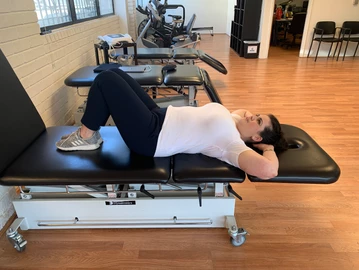
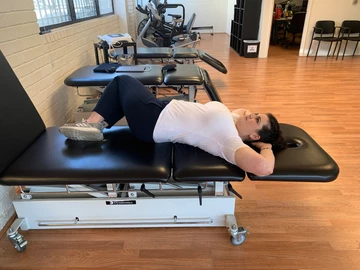
Table Slides (20 reps, 2 times/day)
These can be done in multiple directions to help regain range of motion and mobility in your shoulder. Start facing your table or kitchen counter with your arm resting comfortably on the surface. From that position, engage your core muscles to protect your back and then lean forward from your hips, sliding your arm forward in the process. Return to the starting position and repeat.
Side/Diagonal Table Slides (20 reps, 2 times/day)
It’s also important to do these in different directions to improve multi-directional mobility. To do this, stand perpendicular to the counter or table with your arm resting on the surface. From that position, engage your core to protect your low back and then lean over to the side towards the table, sliding your arm out to the side. If this is too painful or difficult to keep your arm in that position, you can modify the exercise to bring the arm forward on a 30-45 degree angle and repeat in that position while working your way towards the original angle.
These exercises should help improve your shoulder mobility and range of motion, however you will likely need the addition of hands-on soft tissue mobilization in order to fully progress you towards meeting your goals and return you to your prior level of function. Talk to your medical or radiation oncologist or physical therapist for how to best progress to meet your specific needs.
